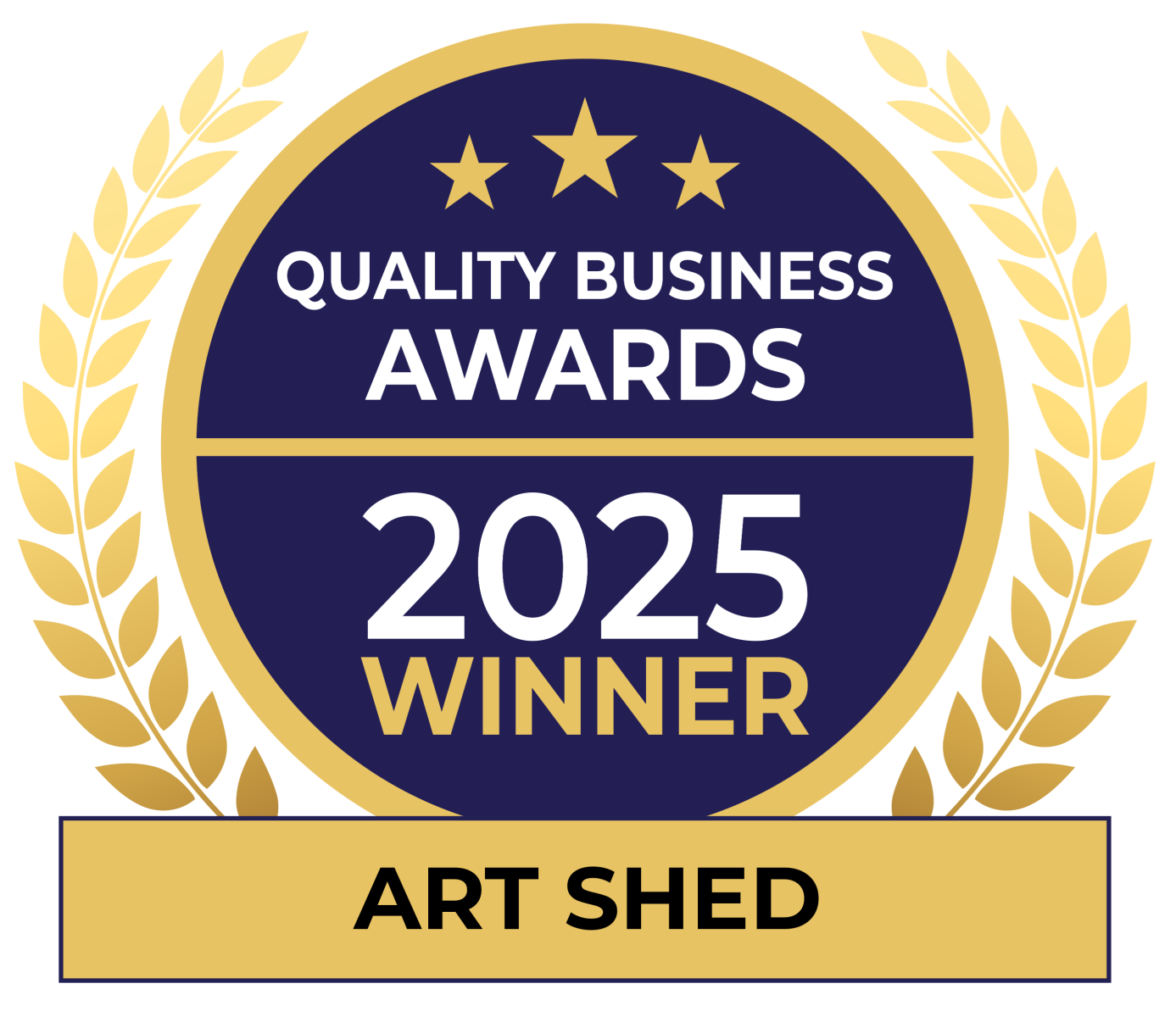What is Abstract Expressionism?
Author: Dana McGorlick-Appelman Date Posted:15 February 2021
What is Abstract Expressionism?
Abstract Expressionism is a movement that emerged during the 1940s and 50s in New York City. It is characterised as art that is abstract but expressive, and emotional in its effect, both for artist and viewer. It was sparked after World War II in New York City, during a time that relished jazz music and beat poetry, with key artists in the movement inspired by surrealist ideals of art being an expression of unconscious thought. The movement has also come to symbolise an expression of freedom in a conservative post-war era, and a radical re-definition of the painting experience that varies from spontaneous to contemplative. The movement is not known for a single cohesive style, but rather the interest in the use of abstraction to express emotion, with the process of art-making more important than the final result. Abstract expressionist paintings are often large scale works that absorb the viewer, and allow emotion to be projected by the artist. Abstract expressionism relates chiefly to gestural, action, and colour field abstract painting, however also abstract sculptures and drawings, and is characterised by unconventional techniques.
Key Abstract Expressionist artists include:
Willem de Kooning
Ian Fairweather
Helen Frankenthaler
Hans Hofmann
Lee Krasner
Jackson Pollock
Mark Rothko
Franz Kline
Elaine de Kooning
Joan Mitchell
Types of Abstract Expressionism
A few types of Abstract Expressionist art styles emerged during the 1940s, 50s and 60s in America, including:
Action painting
Action painting is a gestural and somewhat spontaneous form of abstract expressionism, where the artists hand and movement is highly evident. It is characterised by use of a large-scale canvas and impulsive action, often using large brushes to sweep, splash, splat and push paint around the piece.
Examples of action painting include Jackson Pollock’s drip paintings, which were created by pouring paint out of a can or using a brush to dance, drip and pour paint onto a canvas that was placed on the ground. Joan Mitchell used similar splashing or dripping techniques with sharp movements of her wrist, elbow or shoulder to move paint around her large-scale canvases.
Colour Field painting
Mark Rothko adopted a different approach to Abstract Expressionism with his signature Colour Field Painting, creating rich, large scale canvases of intense colour that absorb the viewer. Colour field works are often described as meditative and quietly contemplative single expanses of colour that seem to hum with energy. By pulling the viewer into these large expansive fields of colour, Colour Field painters aim to evoke an emotional and spiritual experience of colour.
Sculpture
Sculpture artists of the time also turned to create abstract three-dimensional shapes with immense visual intrigue.
Creating your own Abstract Expressionist Painting
The tools you'll need to create your own Abstract Expressionist painting depends on the medium you wish to explore, but a good starting kit includes:
A large scale canvas
Acrylic paints are quick-drying and available in a variety of colours and forms. For thick, impasto like paint applications, try Mont Marte Dimension or Matisse Structure paints. For fluid, pouring techniques, try the Mont Marte Acrylic Pouring paints. You can also combine acrylic paints with various painting mediums for different effects. Oil paints, by comparison, have a slower drying time, allowing you to manipulate the paint over several painting sessions, and also allows subtle colour blending, layering and various brush techniques. Oil Paint also dries to a consistent colour, whereas acrylics may darken slightly upon drying, and offers long term durability and resistance to the elements.
Brushes such as the Mont Marte Taklon Abstract Expression Paint Brush
The Mont Marte Abstract Expression Brush is perfect for every painter, suitable for producing fluid expressive strokes, sharp edges, covering larger areas on the canvas, and amazing for blending. They come in 3 sizes, and the ergonomic non-slip handle allows for hours of easy application in your studio. The short, robust Taklon bristles enable each artist to manipulate even the thickest mediums such as heavy-bodied acrylics. They can be used with a range of media - ideal for use with acrylics and water-mixable oil paints but not limited to these. They are also great for glazing and blending with traditional oil paints, and wash up very easily with a good brush cleaner.
Techniques:
The best part about creating your own Abstract Expressionist style action painting is that the application and techniques of paint and colour are entirely up to you! The beauty of the style lies in its impulsivity and expressive, gestural nature, meaning no two works will be the same.
However, if you are looking to start somewhere, you can try experimenting with:
- Grabbing your paints and dipping your brush or palette knife in to then drip the paint onto the canvas.
- Placing a canvas on the floor and pouring or splashing the paint onto the canvas.
- Dipping your large scale Taklon brush into the paint and moving the paint across the canvas in any way that feels natural to you.
- Painting a large expanse of colour onto the canvas, similar to Mark Rothko and the colour field painters.
Don't forget to show us your Abstract Expressionist piece by tagging us on Instagram @artshedonline for your chance to be featured!
Got questions? Send us an email at customerservice@artshedonline.com.au and our friendly team of artists will do their best to assist you.
Happy creating!
Comments (1)
Great article on Abstract Expressionism
By: Jumbeen on 21 February 2021This is a great introduction to Abstract Expressionism. A good definition, a concise history that doesn't take the reader away from what is important, a good introduction on tools and materials and methods of painting. I survived a stroke and thought painting was lost to me, but I regained my love of it since diving in to Abstract Expressionism. Thanks, ArtShed, for a really useful article.








